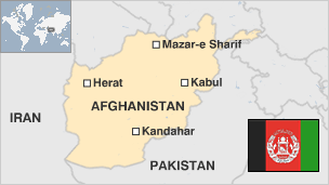
Facts and stats about Afghanistan
Afghanistan continues to suffer political and economic instability following the downfall of the Taliban Government more than one decade ago. The fanatic Islamic faction has regrouped and continues to be a force to reckon with. Combat troops belonging to the North Atlantic Treaty and the United States have tentative plans to withdraw from Afghanistan before the end of the year. NATO is contemplating on a long-term strategic alliance with the new Afghan government.
Economic data provided by the World Bank shows that the country, while still in transition, has gained an 11 percent growth in Gross Domestic Product by 11 percent in 2012. Negotiations for peace also started in the same year which is an indication that amity is finally on the horizon. Pakistan has reportedly agreed to cooperate with reconciliation talks in 2014. However, the country’s economy relies heavily on the illegal drug trade since it supplies more than 90 percent of opium all over the world. The United Nations is pressuring the government to go after drug traffickers and dishonest government officials. Afghanistan is very poor and very much reliant on foreign aid.
- Agriculture 106
- Background 8
- Conflict 2
- Cost of living 53
- Crime 46
- Culture 12
- Disasters 1
- Economy 1506
- Education 306
- Energy 351
- Environment 134
- Geography 84
- Government 168
- Health 173
31.11 million
Population. Ranked 40th in 2013.
$619.59
GDP per capita. Ranked 171st in 2011.

652,230 sq km
Sq. km. Ranked 39th in 2008.